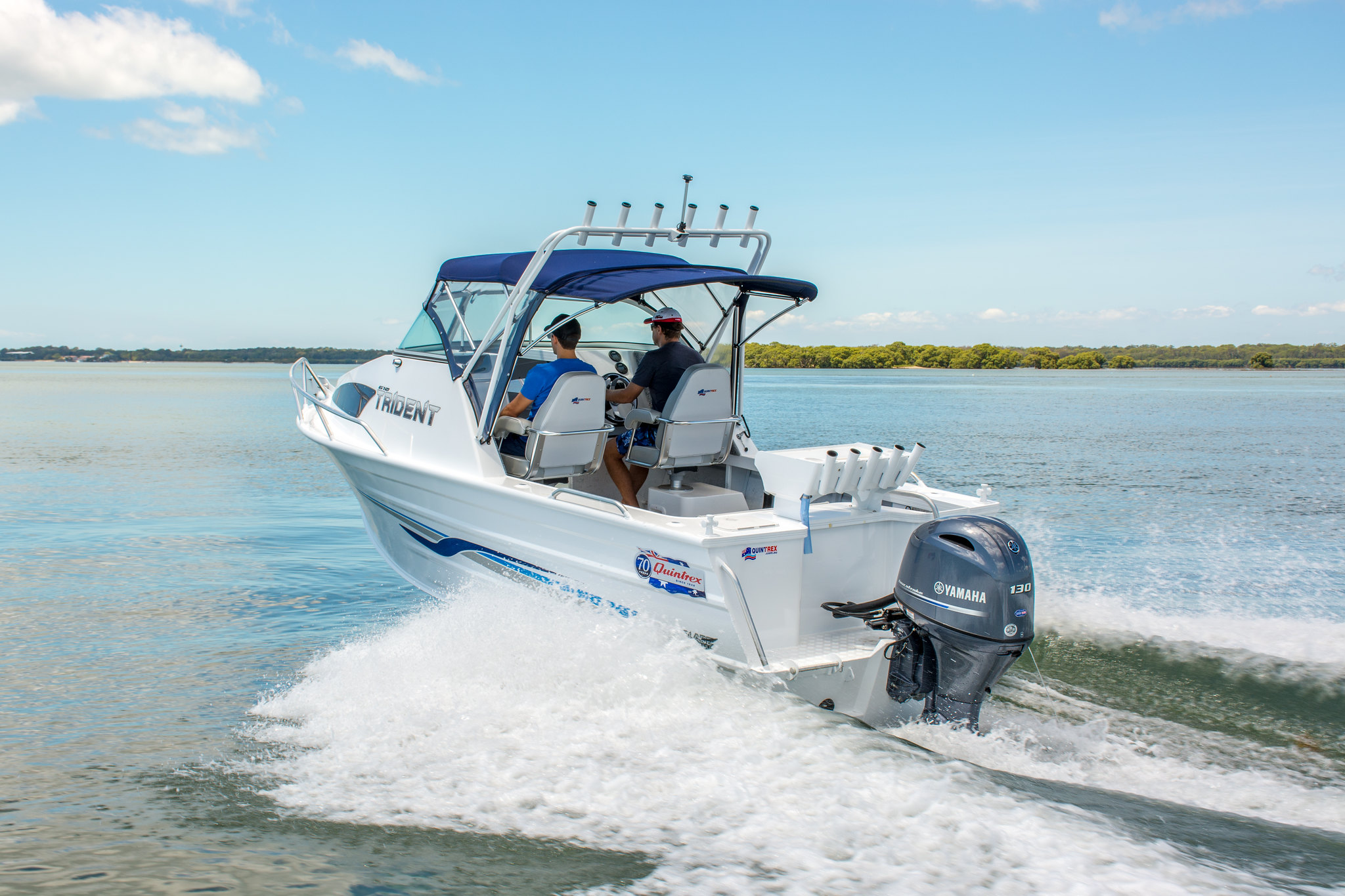
Boating in your aluminium bowrider or any medium-sized to large boats in shallow waters can be both exhilarating and challenging. It opens up opportunities for exploring hidden coves, remote beaches, and unique ecosystems. However, it also presents potential hazards to your vessel, the environment, and even your safety. To ensure you navigate shallow waters safely, here are some essential tips and best practices to do:
Check the Soundings
Although depth sounders and depth finders were once luxury gear and out of reach for average boaters, these days, with so much technologically advanced equipment getting more affordable, they are widely available in the market that a lot of people can now buy at reasonable prices. Depth finders obtain information about how deep the underwater ground is from the water’s surface through soundings. What you’re looking for are the areas where the water suddenly gets shallower. Having a depth finder/sounder can immensely help you in steering clear of those areas.
Know Your Limit
Find out your boat’s draft which stands for how much of the boat is underwater, from the lowest part of the boat up to the waterline. The quickest and easiest way to know this information is from your boat’s manual or the boat manufacturer’s website.
Read the Water
This is where your high-tech polarized sunglasses will come in handy. These sunglasses can help you spot shallow areas more easily by reducing glare from the water’s surface. As you’re underway, you’ll be able to see a variety of different colours under the water. Look for drastic changes in colour, and always be aware that the darker the water, it means that the water is deep.
Know the Tides
Even if you got through some skinny water in the past without any incident, you always need to check the tide schedule before venturing out in the waters next time. Many coastal areas deal with significant tidal changes up to several feet, making low tide extremely treacherous when you’re shoving off. Familiarise yourself with the tide tables and current predictions for the region you’re boating in. Plan your trips to coincide with favourable tidal conditions when possible.
Slow Down
Unless you’re cruising on a boat with a flat bottom, you’re boat is more likely to have a “planing hull”. This means that the boat’s hull sits lower in the water until you reach an “on-plane” speed, which varies for every boat. Once your boat is on plane position, it will rise up out of the water, giving you a little shallow-water clearance from the bottom. The problem is, if you’re running at planing speed and suddenly come up on a shallow area, your reaction will likely be to pull the throttle back completely. That can run you aground which will make your boat’s hull hit the ground below the water’s surface. If approaching shallow water, run your boat slowly and stay off the plane. Better to bump something softly and be able to back off gently than run aground hard and risk damage to you and your passengers and your boat.
Stay in Marked Channels
Whenever possible, follow marked channels or designated routes. These channels are typically deeper and safer for navigation. Pay close attention to buoys, channel markers, and navigational aids to guide your path.
Maintain a Lookout
Designate someone on board as a lookout, especially in areas with potential hazards. The lookout should scan the water ahead for shallow spots, submerged objects and changes in water colour or texture that indicate shoals.
Keep a Safe Distance from Other Boats
Maintain a safe distance from other vessels, especially in shallow waters where maneuvering can be challenging. Avoid wakes from a larger boat, as they can destabilize your vessel in shallow in shallow areas.
Tilt Your Engine
If your engine is an outboard Yamaha motor or a Mercury sterndrive, tilt the engine upward slightly. This action raises the propeller, reducing the risk of striking submerged objects.
Respective Sensitive Ecosystems
Shallow waters often host fragile ecosystems, such as seagrass beds and coral reefs. Take care to anchor in designated areas and avoid dropping anchor on top of these ecosystems, which are critical for marine life.
Know How to React to Grounding
If you run aground in shallow waters, remain calm and follow these steps:
-Shift the engine into neutral to prevent further damage to the propeller
-Tilt the engine up to minimise the risk of hitting underwater objects
-Attempt to shift your weight on the boat to one side to help free it.
-If you can’t free the boat, call for assistance or wait for the tide to rise to refloat your vessel.